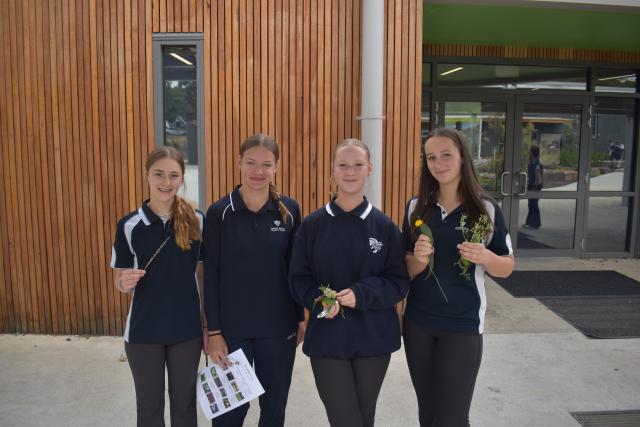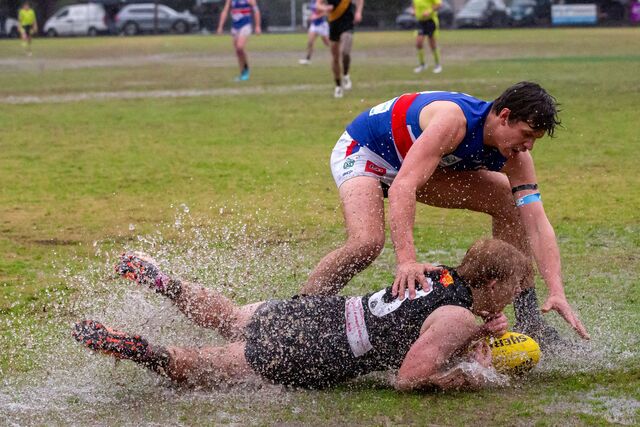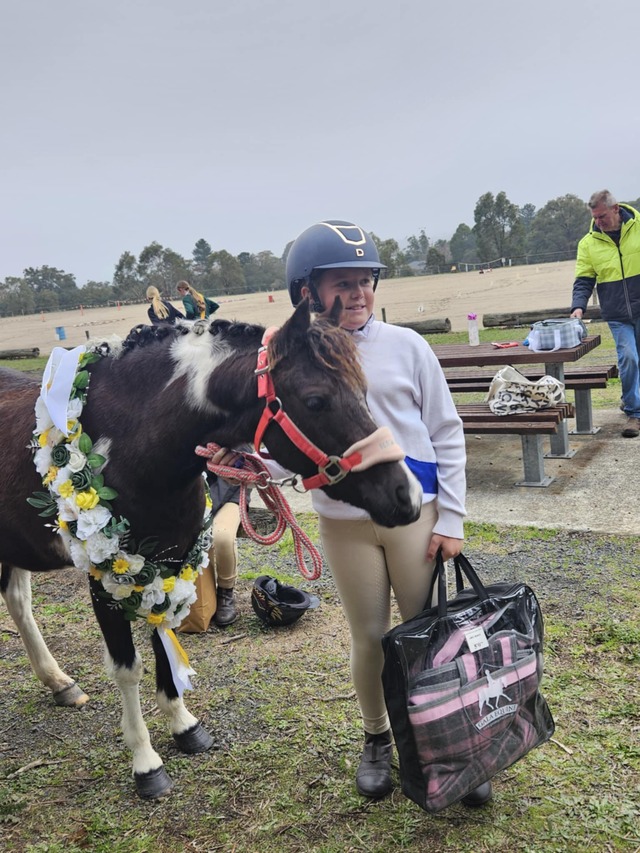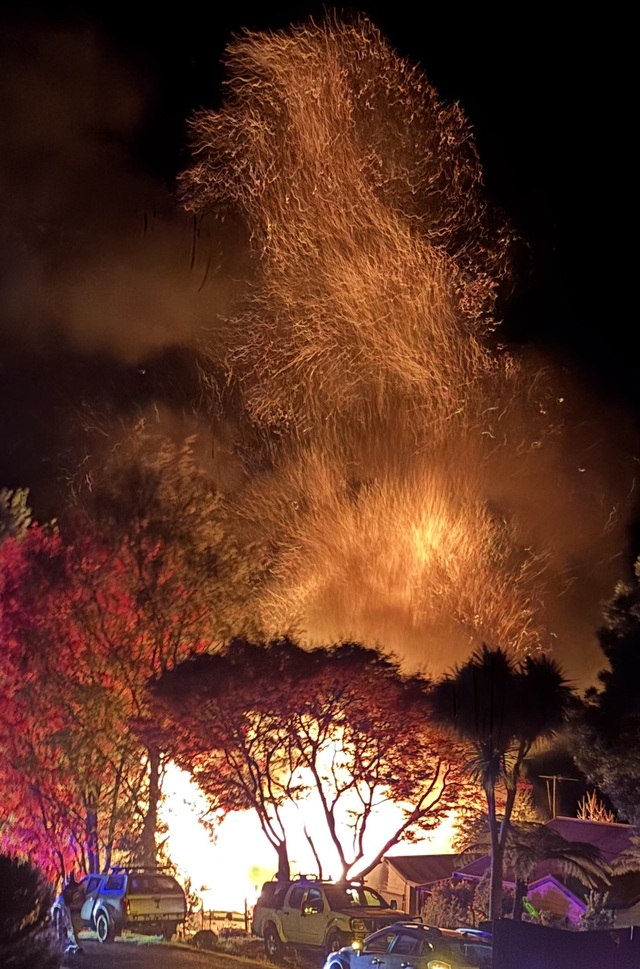Students at Upper Yarra Secondary College (UYSC) have had a practical plant-based activity to improve their understanding of biology and the process of photosynthesis.
An excursion to the Cranbourne Royal Botanic Gardens and an incursion with Grassroots Sustainability helped students get hands-on with plants.
STEM Teacher Marcus Cook said the opportunity gives students a different perspective on their learning.
“We’ve been very fortunate with the grant provided by Grassroot Sustainability to give students an extra chance to expand their knowledge. Many students here are going on fast-tracking for VCE Biology, so it really gives them an option of understanding the topic in more detail,” he said.
“The new native gardens we’ve got at the school are sensory gardens, so they’re just perfect for hands-on learning and the students have taken to it and dashed out and tried to make a bit of a challenge of the activity they’re doing.”
On their visit to the Royal Botanic Gardens in Cranbourne, UYSC students learn about biomimicry, where people have used concepts and ideas inspired or modelled by nature to solve problems, which have been critical to human history in areas such as architecture, engineering and design.
Back at school, students learn about the different ways in which plants adapt to their environment.
Grassroots Sustainability Program Facilitator Meagan Butler said photosynthesis was the focus of the day and students would be doing an experiment where they could see adaptation in action.
“For me to come here, it means that I’m connecting them with the vegetation and things on the property at their school, which may help them look at things a little bit differently,” she said.
“Our organisation stems from the horticulture and gardening business so we are all about giving students a taste and so that if they’re really interested they know they can pursue that interest and passion.”
Students went out into the native gardens at UYSC to find different examples of plants adapting to their environment, such as thick, dense bark on trees built to be more resistant to fire or plants that grow upwards to be closer to the sun.
Student Zoe said being outside was definitely a lot better for learning about the topic.
“Being in the outdoors, you get to learn more about nature and your surroundings, it’s definitely better than just writing notes in the classroom, because we are seeing the changes, adaptions and all the things we’re learning about,” she said.
“She (Meagan Butler) is an expert in the field so it’s a lot easier to get information from her than a teacher.”
Following their outdoor explorations, UYSC students headed back into their science classrooms to build a bean maze, where they will get to analyse the phenomenon of phototropism over the coming weeks as their bean plants grow towards the sunlight.







